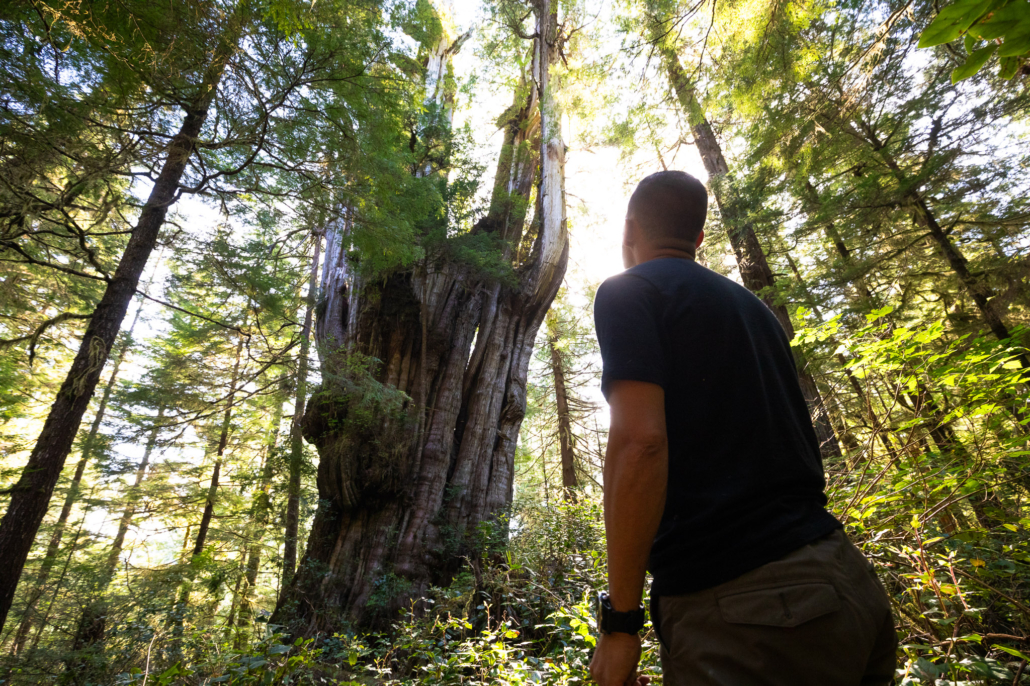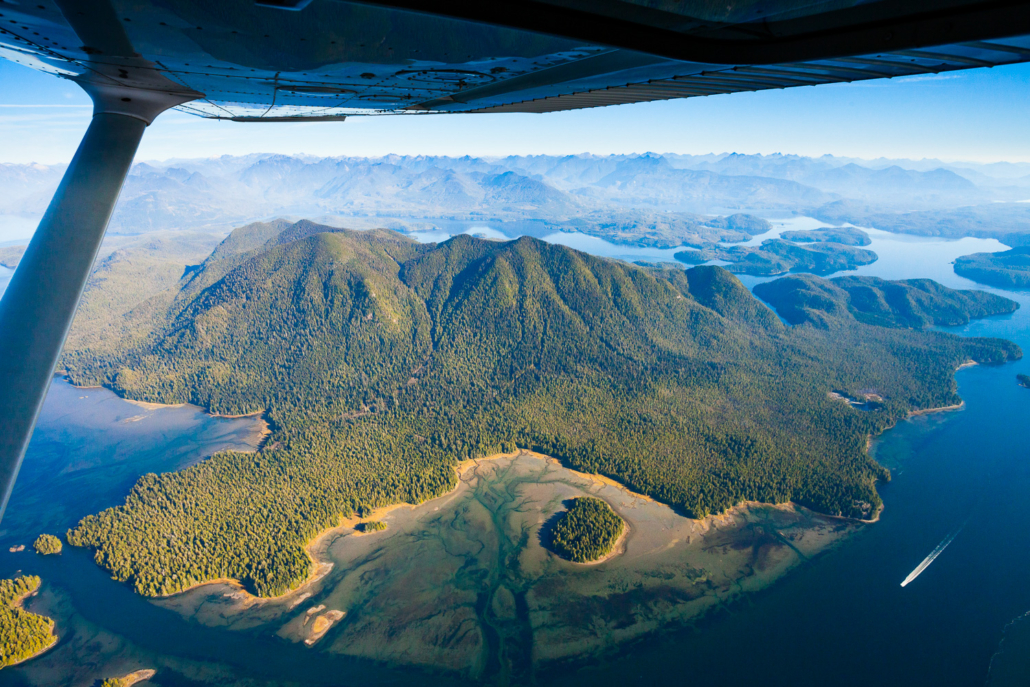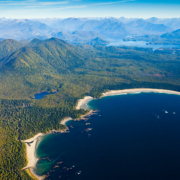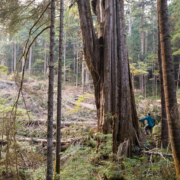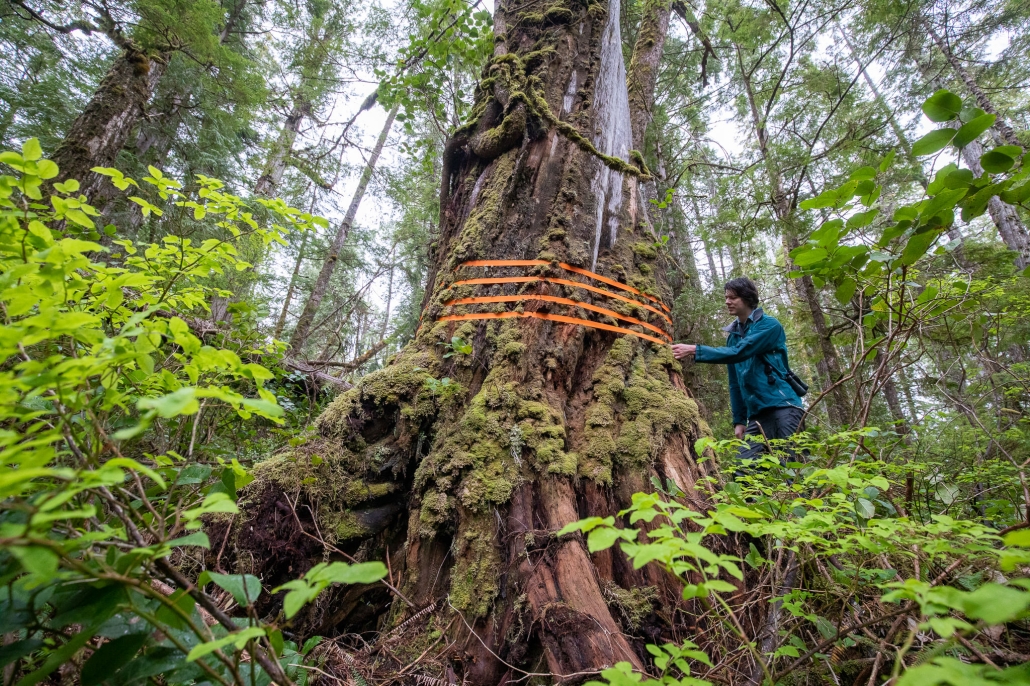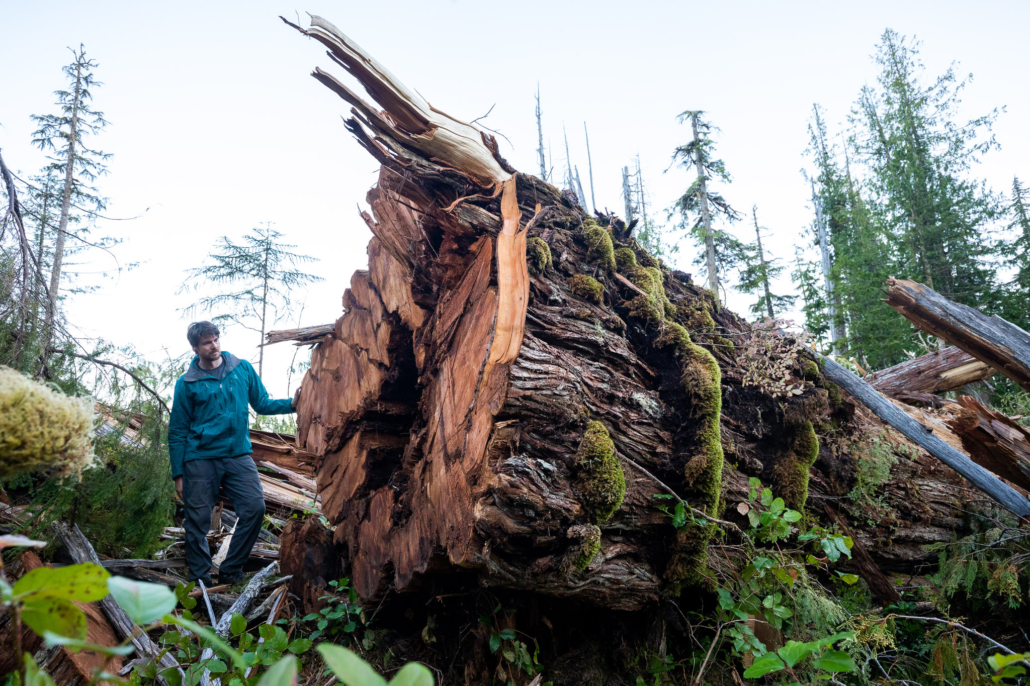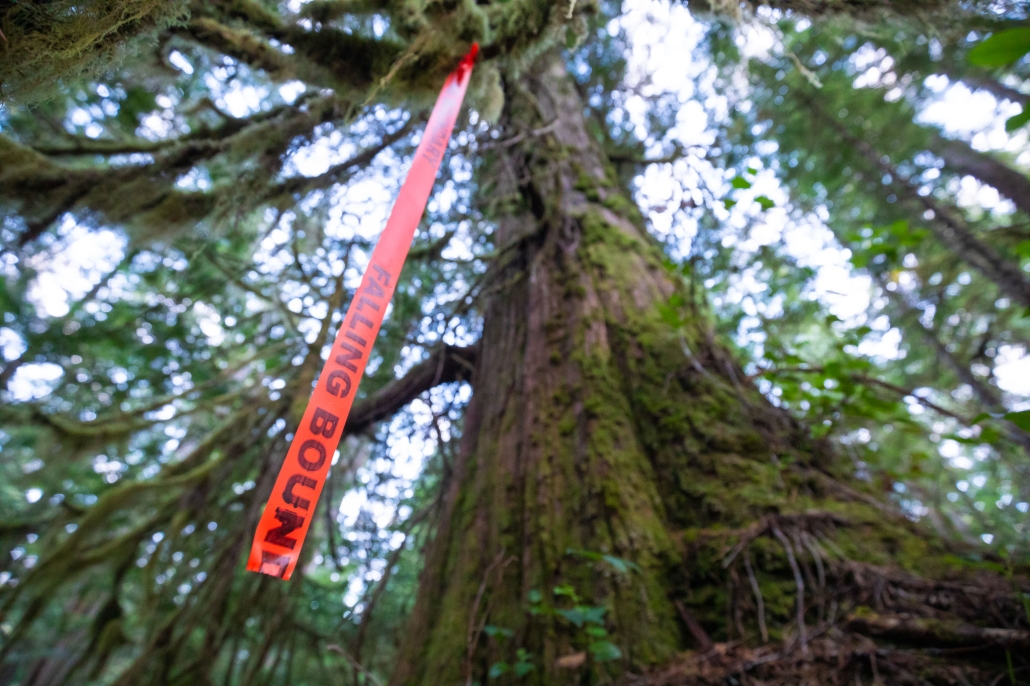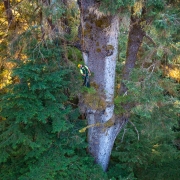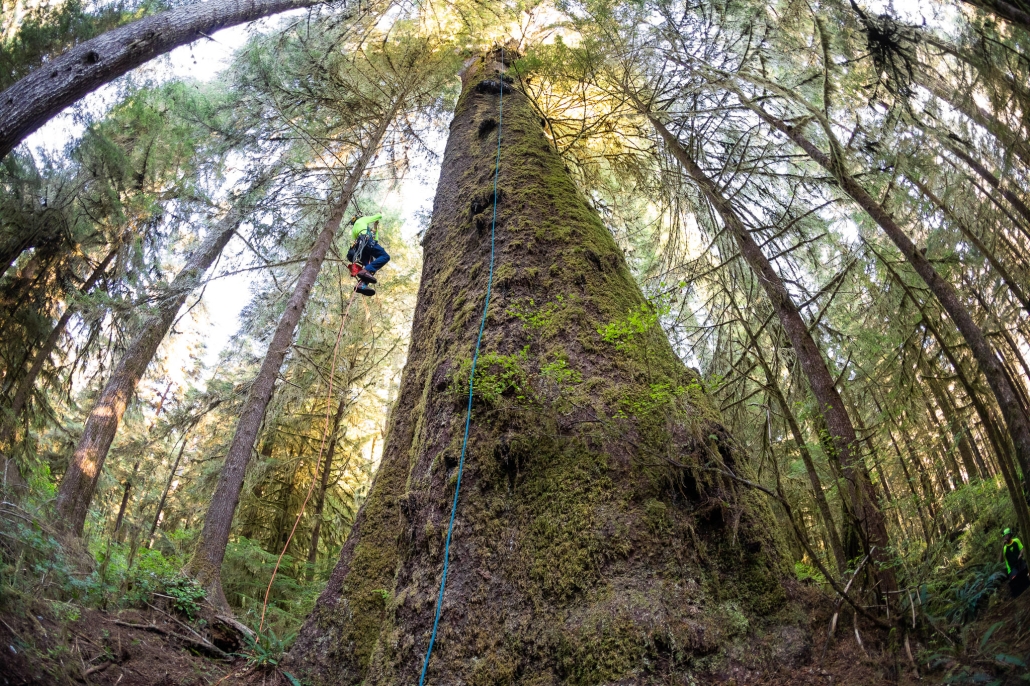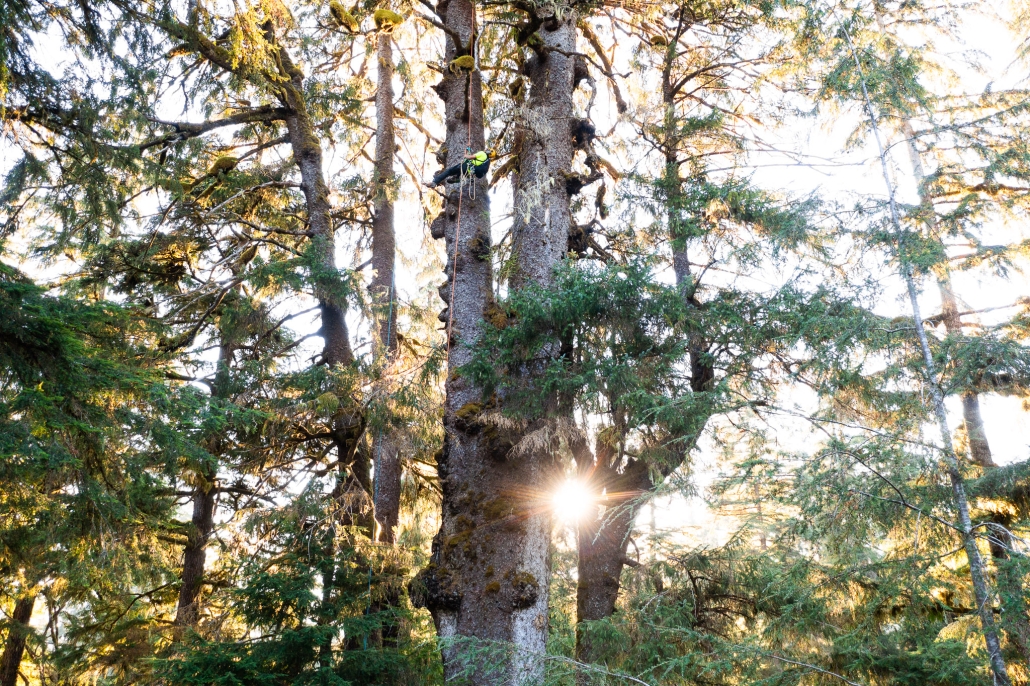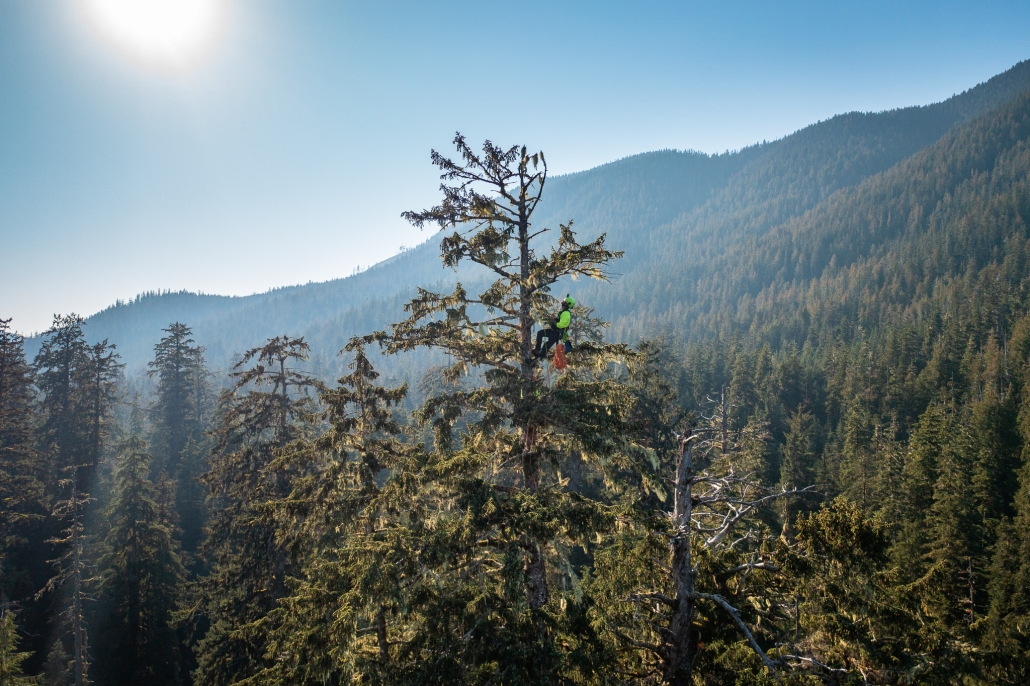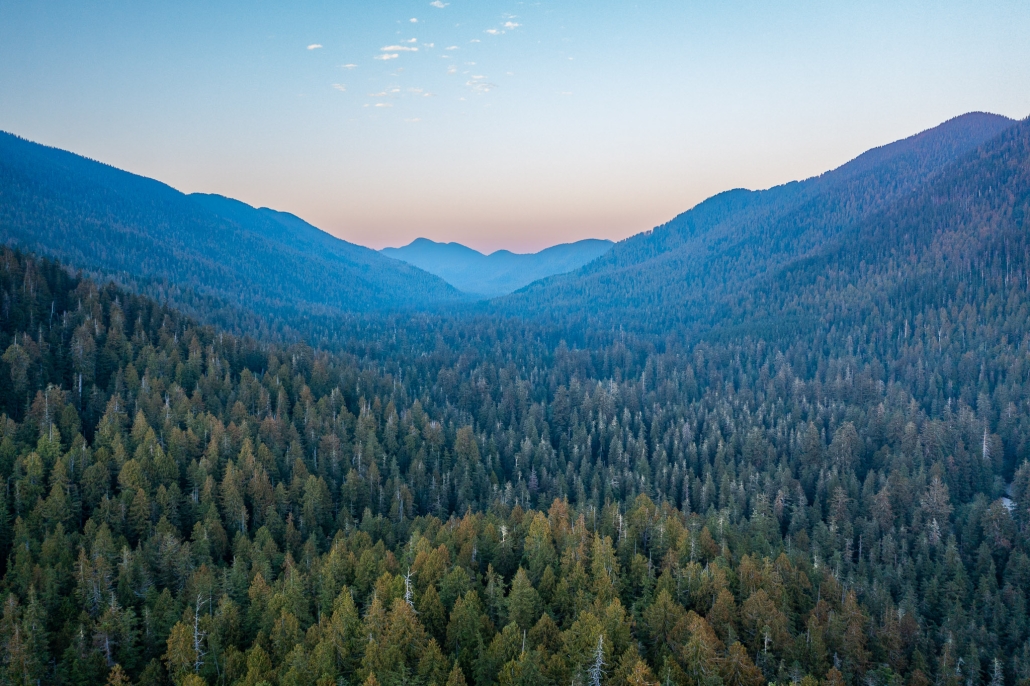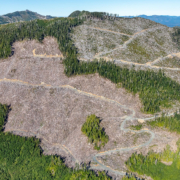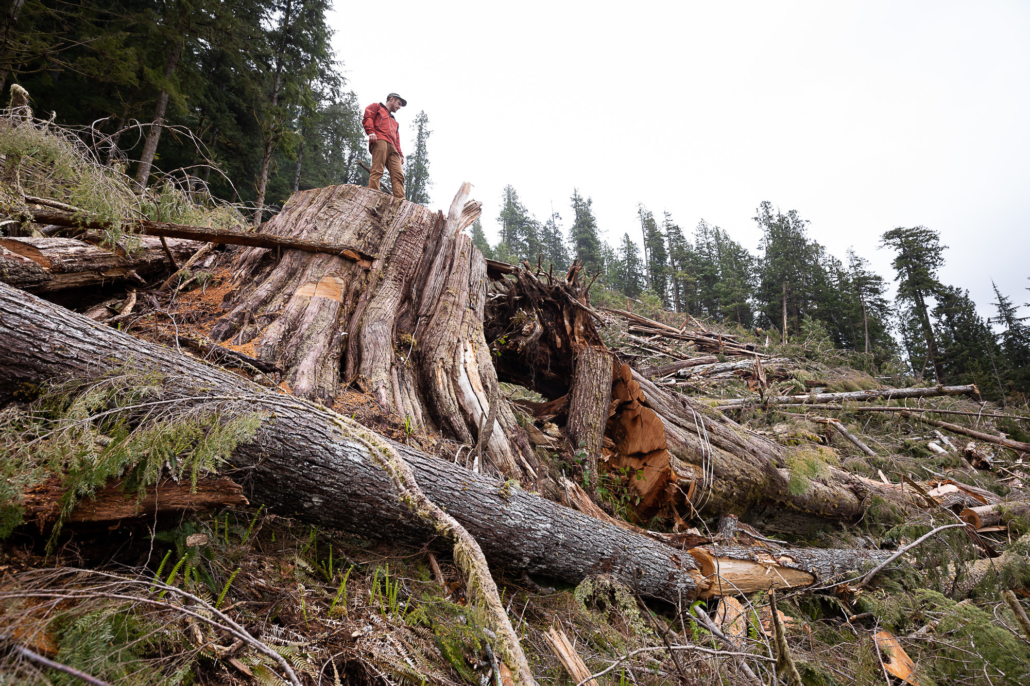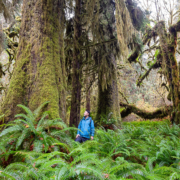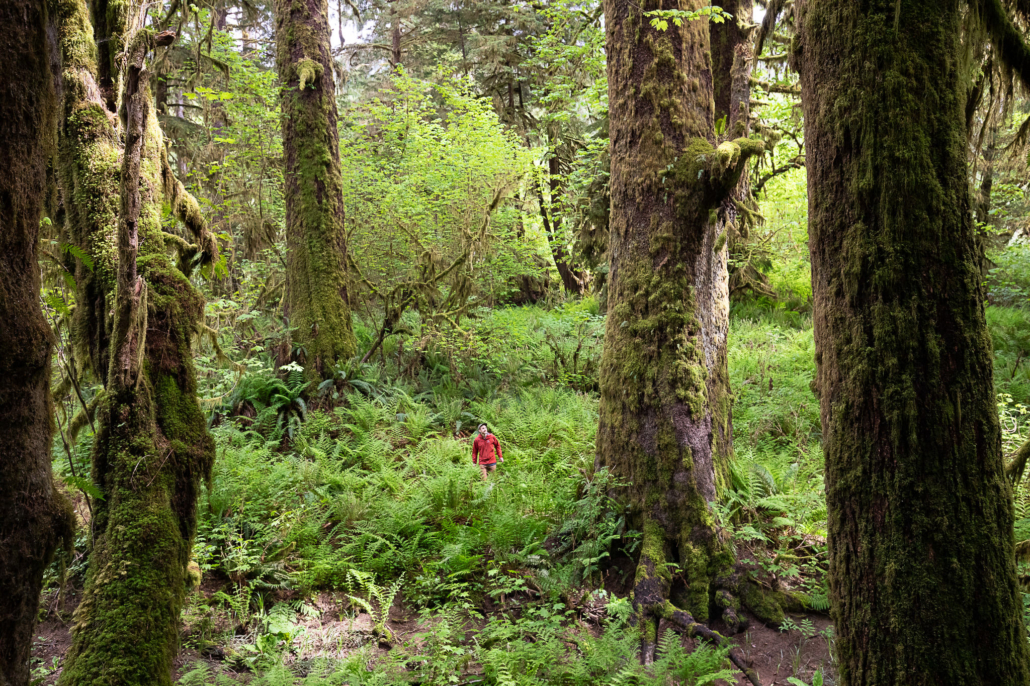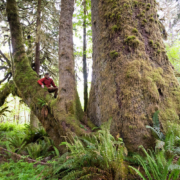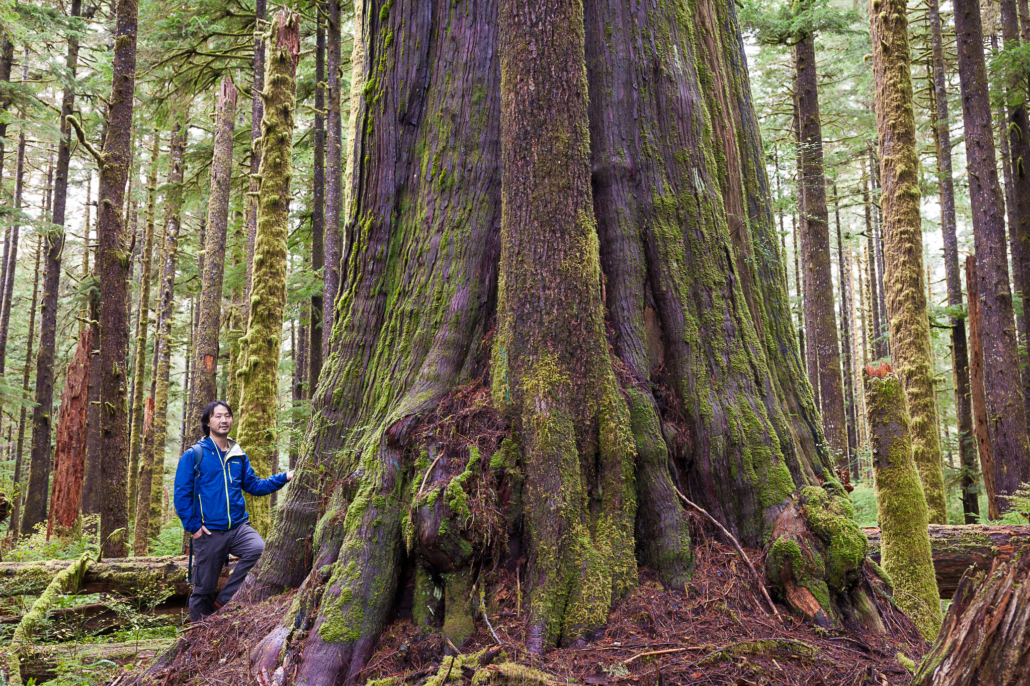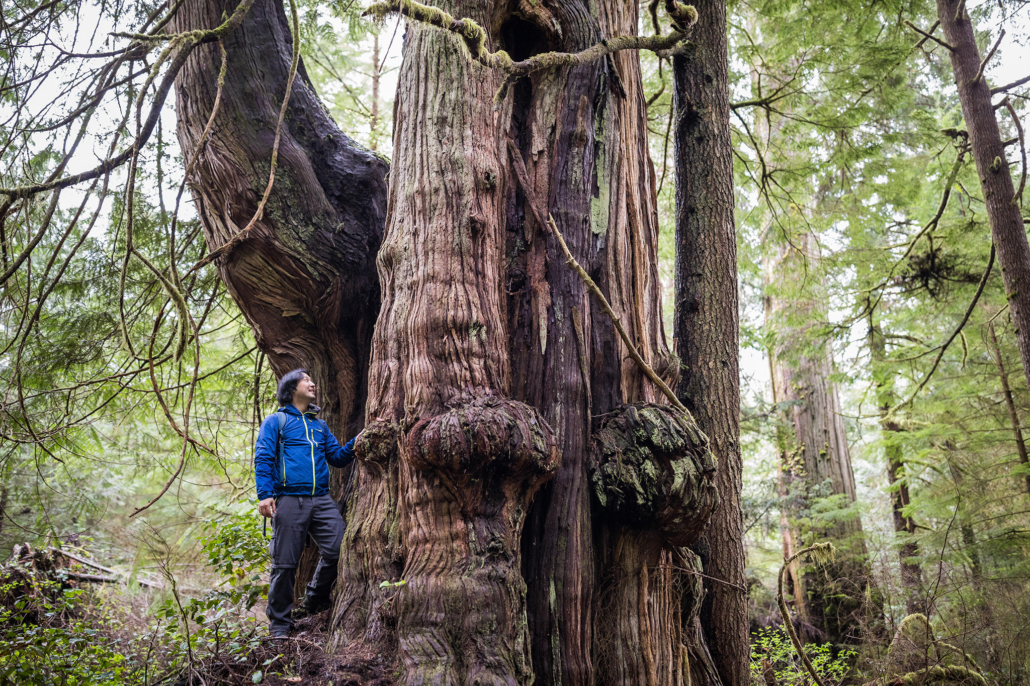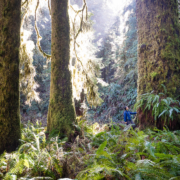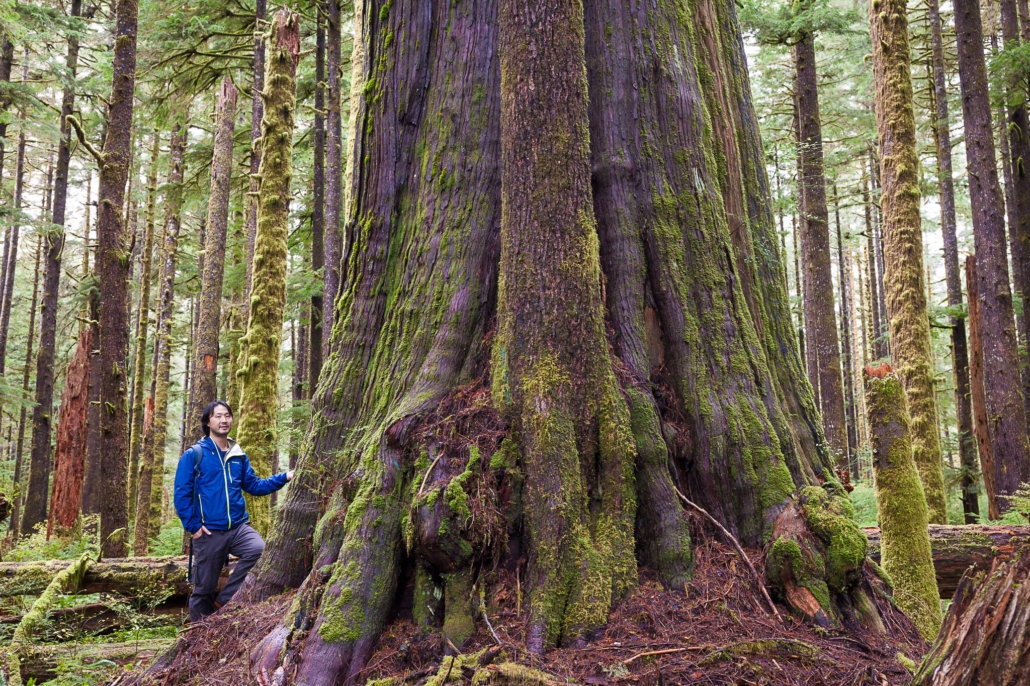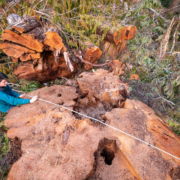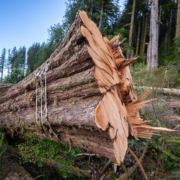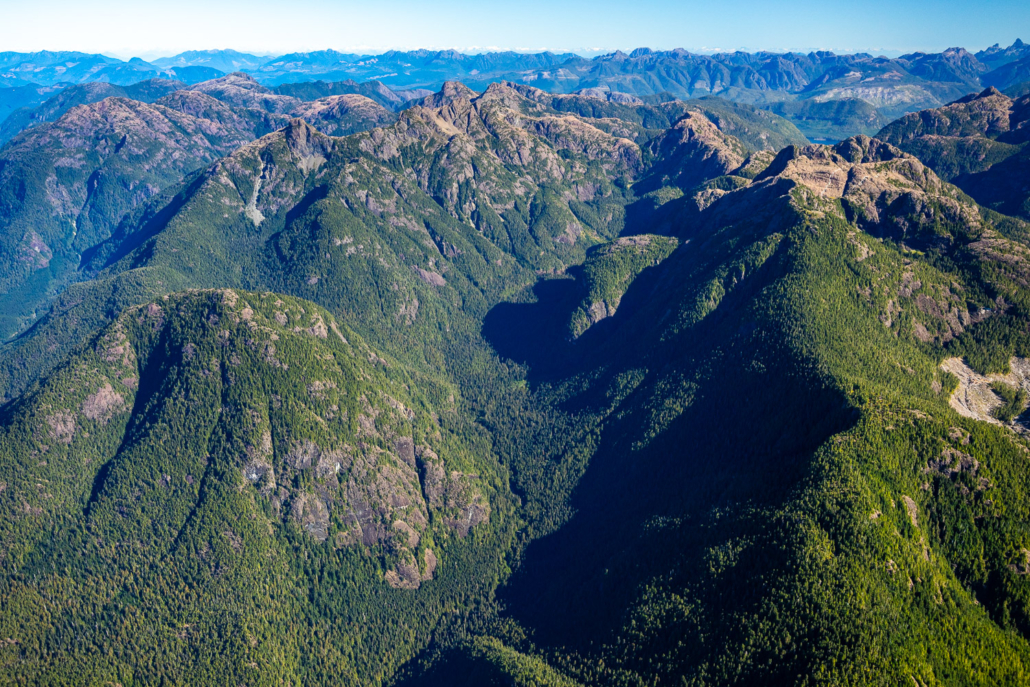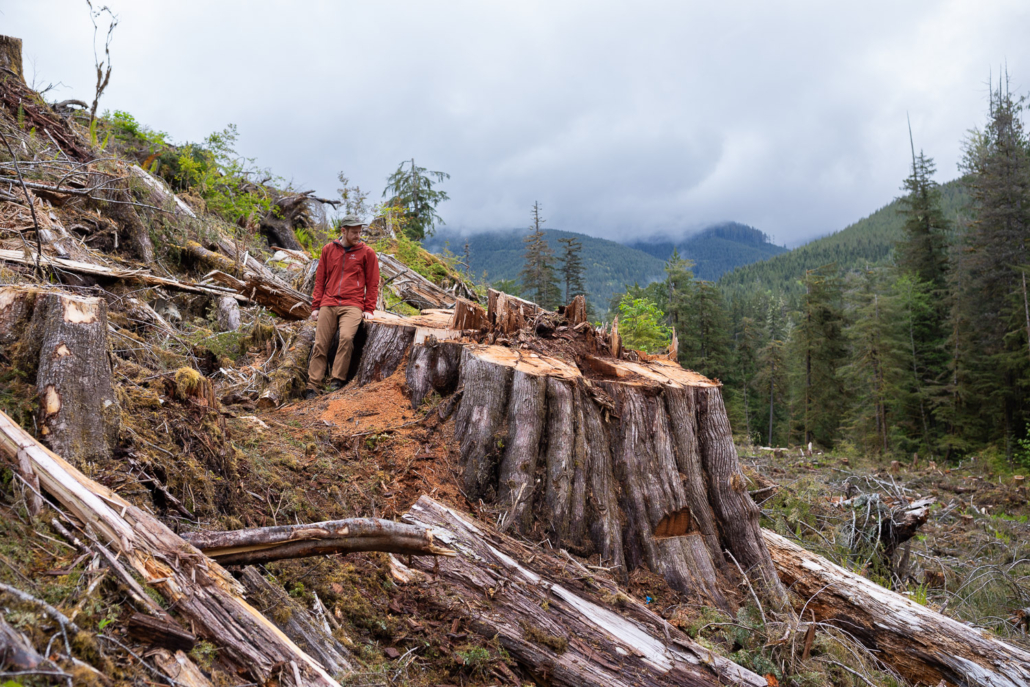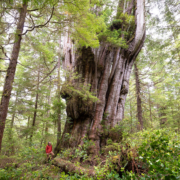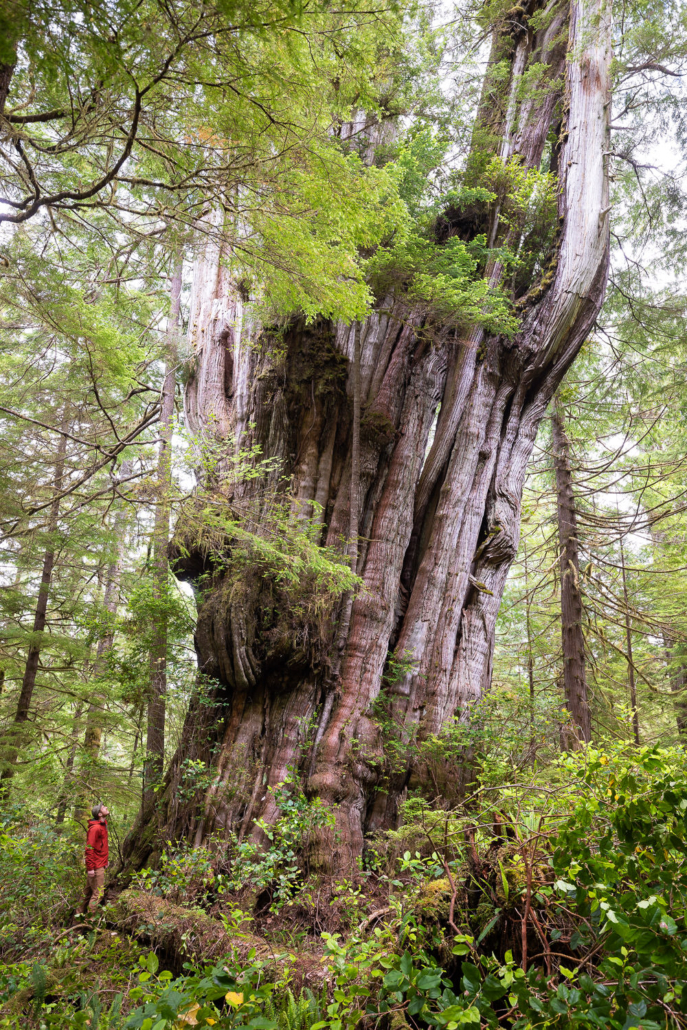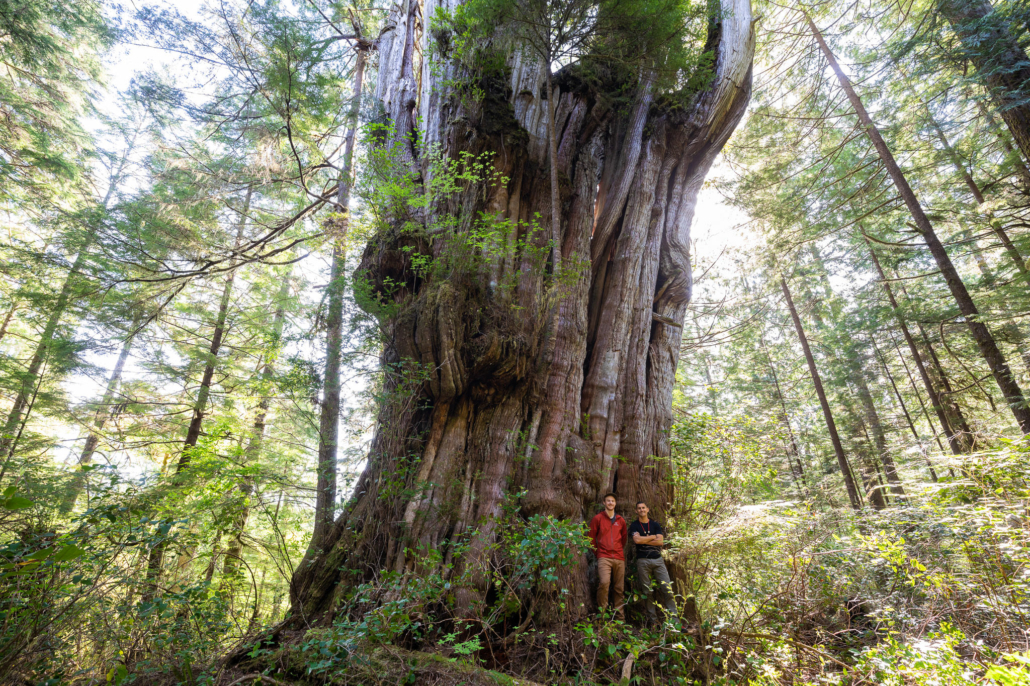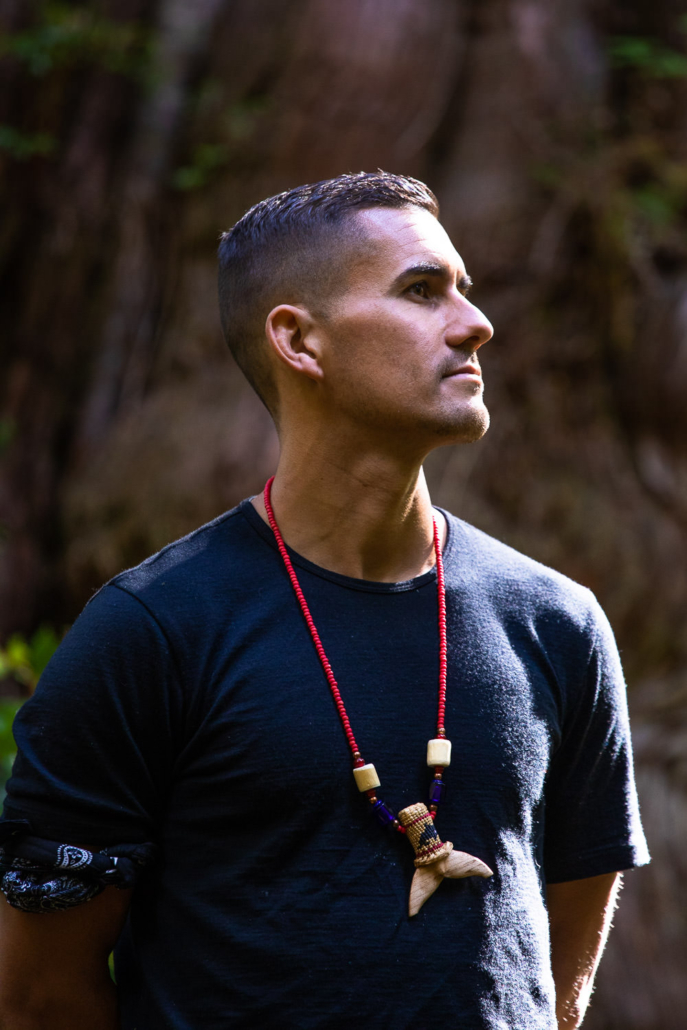For Immediate Release
October 23, 2023
“You can only subtract; you can’t add”: BC government currently only allows for incorrectly identified at-risk old-growth forests to be subtracted from rather than added to logging deferral areas. This constitutes a significant conservation loophole that must be closed while the BC government progresses with major policy progress.
Conservationists with the Ancient Forest Alliance (AFA) are highlighting the urgent need for the BC government to proactively identify what are likely thousands of hectares of at-risk old-growth forests that were missed during the deferral process due to forest inventory errors. These areas were thus left open for logging, and the AFA is calling on the BC government to ensure the addition of these forests for deferral where identified by scientists, citizens, and industry. New photos and drone footage taken by the AFA photographer and campaigner TJ Watt have once again revealed the ongoing destruction of rare, “big-tree” old-growth forests on northern Vancouver Island in Quatsino territory.
In the Summer of 2023, Ancient Forest Alliance members TJ Watt and Ian Thomas documented road construction, giant stumps from recently felled trees, and ancient forests flagged for imminent logging in a remote area of Quatsino Sound where Western Forest Products (WFP) has approval to cut 36.5 hectares (roughly 68 football fields) worth of endangered old-growth forest. This threatened area, located on Crown/public lands within Tree Farm Licence 6, is just a few kilometers away from where the pair captured shocking images and videos of old-growth logging in 2022, sparking outrage and garnering international media coverage.
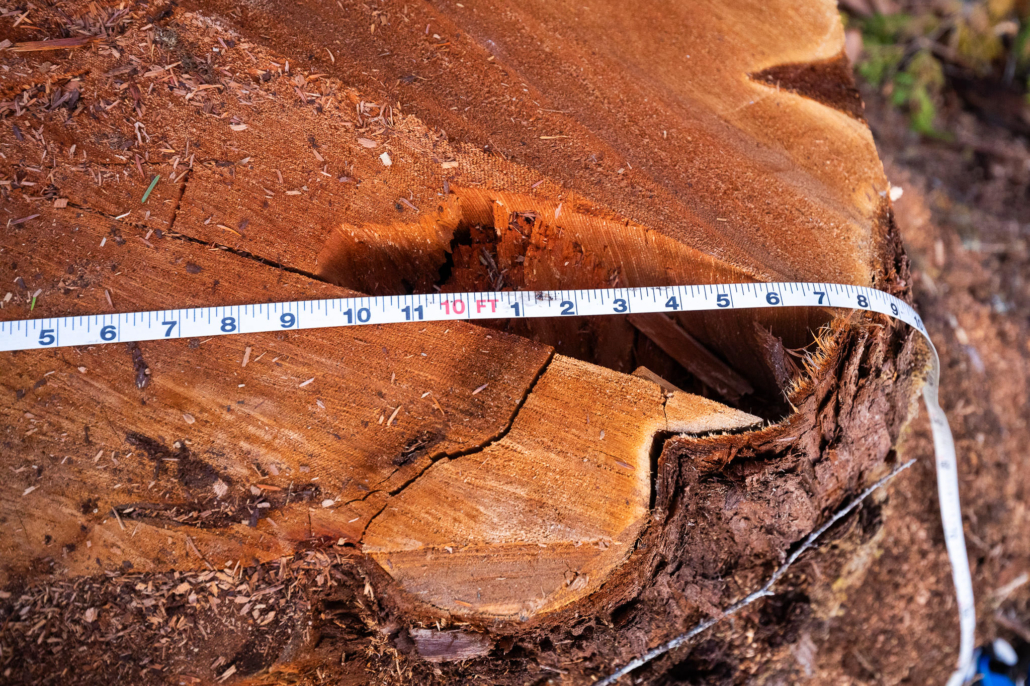
A fresh cedar stump measuring over 10 feet wide.
The inability to add misidentified at-risk old-growth stands to priority logging deferral areas constitutes one of the major gaps in the BC government’s old-growth policy as it moves forward to overhaul the conservation and management of these iconic forests.
Under relentless pressure from the Ancient Forest Alliance and Endangered Ecosystems Alliance, the BC government has made a number of commitments toward expanding the protection of old growth in BC, including protecting 30% of land area by 2030, developing a conservation financing mechanism to support Indigenous Protected and Conserved Areas, and creating a BC Biodiversity and Ecosystem Health Framework that potentially could include the office of a Chief Ecologist who develops science-based protection targets for all ecosystems with Traditional Ecological Knowledge committees — major commitments that we commend.
However, critical policy and funding gaps still remain, including the government only allowing the subtraction and not the addition of incorrectly identified at-risk old-growth stands (like the recently cut stands in Quatsino territory highlighted here) to deferral areas, and other key issues.
“It was a shock but sadly not a surprise to see more logging underway just across from where we’d documented the destruction of hundreds of giant trees only a year before,” stated AFA photographer and campaigner, TJ Watt. “We arrived to find roads being blasted into a highly productive ancient forest filled with massive cedar trees, the stump of one measuring more than 10 feet (3 meters) across. A simple on-the-ground assessment would have likely determined that this is an old-growth forest that meets the criteria for priority logging deferral, however, there is currently no government policy in place to ensure this happens despite repeated requests to the ministry from our organization. If the BC government cares about truly protecting these forests wherever they occur on the landscape, they must address this gap immediately.”
Home to scores of giant trees, many of which are likely 500+ years old, this particular grove — and surely hundreds of others — was not recommended for logging deferral by the government’s independent old-growth science panel, the Technical Advisory Panel (TAP) due to the forest being incorrectly labelled as 212 years old in the province’s forest inventory database (38 years younger than the province’s 250-year-old threshold for being considered old growth on the coast and to be included in deferral mapping).

A giant redcedar tree under threat of logging by Western Forest Products.
“When it comes to verifying forests for logging deferral, the BC government is currently playing a game of old-growth subtraction in favour of the timber industry, facilitating more old-growth logging rather than less,” stated Watt. “Instead, it should be working hard to identify at-risk old-growth forests that have been missed for deferral, such as this one, so they have a chance at being left standing and protected. To help identify these at-risk stands, forest engineers should be legally bound to field-verify planned logging cutblocks against the TAP deferral criteria and report any discrepancies to the BC government so adjustments can be made. Citizens and scientists should also be able to submit the locations of key old-growth stands they’ve identified. Government data gaps, such as simple age misclassifications, are leading to the loss of irreplaceable ancient forests vital to support endangered species, First Nations cultures, the climate, clean water, wild salmon, and tourism.”
To date, about 1.2 million hectares, or 46%, of the 2.6 million hectares of recommended priority deferral areas have been agreed upon by First Nations (whose consent and support are necessary for any new deferrals or protected areas). This leaves more than half of the forests identified as most at-risk forests open to logging, not including areas such as this one that were missed entirely. To close this gap, conservationists argue that the BC government must become advocates for protecting the most endangered old-growth forests and ensure that conservation funding for First Nations links the deferral and protection of these stands to sustainable economic alternatives to old-growth logging.
“Ultimately, the final decision around whether a forest gets deferred or not lies in the hands of First Nations, which is why immediate funding is needed from the province in the short-term to help nations offset any potential lost revenues from forgoing logging in the high-value, big-tree stands they’re being asked to defer,” explained Watt. “After more than a century of colonial exploitation, the province has an opportunity and obligation to ensure the much-anticipated conservation financing streams include long-term economic funding for Indigenous-owned sustainable businesses, such as tourism, sustainable seafood, clean energy, non-timber forest products, value-added second-growth forestry, etc., linked to new protected areas, as alternatives to an economic dependency on old-growth timber revenues and jobs.”
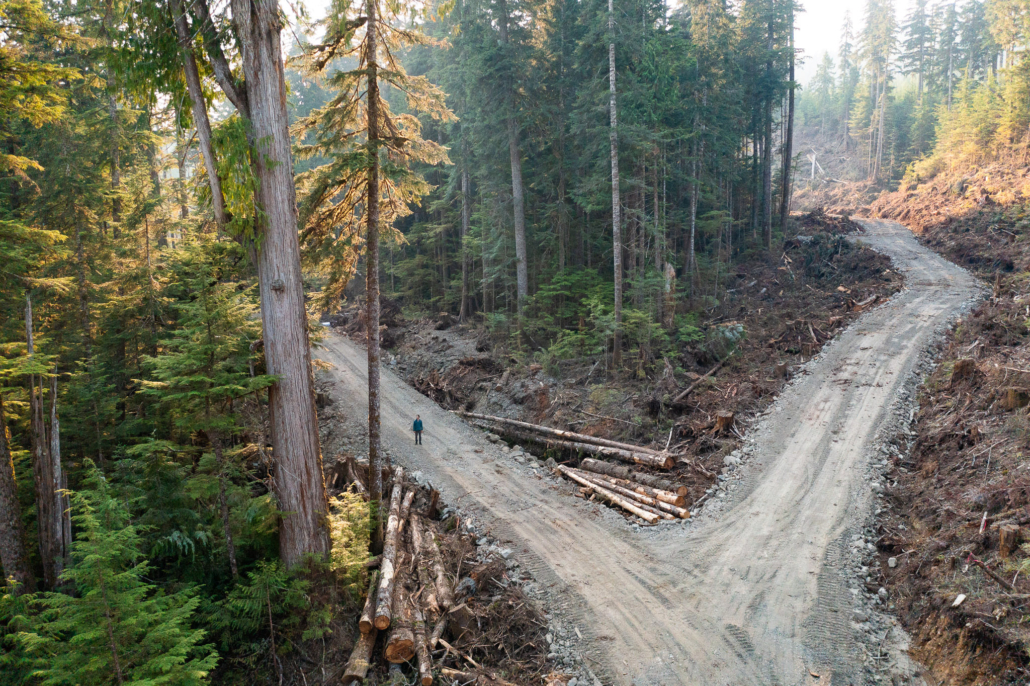
Old-growth fragmentation. The forest in the background of this image is now on the ground.
Conservationists underscore the urgency of securing logging deferrals by pointing to the staggering loss of productive old-growth forests in BC. The San Josef Landscape Unit on Vancouver Island (where this recently documented logging is taking place) has been hit extremely hard by industrial logging in recent decades, with less than 25% of its productive, “big-tree” old-growth forests remaining. Conservation biologists agree that when ecosystems fall below 30% of their original extent, they become at high risk of irreversible biodiversity loss.
“The BC government, under the leadership of Premier David Eby, has set the stage to vastly expand the protection of old-growth forests, for which he should be thanked. After decades of mismanagement, we may finally be on the verge of real transformation,” noted Watt. “However, it’s still possible that the BC government’s promised “paradigm shift” could fall short of its full potential as certain old-school timber bureaucrats and politicians within the Ministry of Forests try to constrain change in favour of the destructive status quo. Eby needs to pick up the pace and close the gaps as the yardstick of success will ultimately be measured by the survival of the endangered forests themselves. As we’ve seen here on northern Vancouver Island, any loopholes left open will allow for further destruction of many of the biggest and best stands that remain, never to be seen again.”
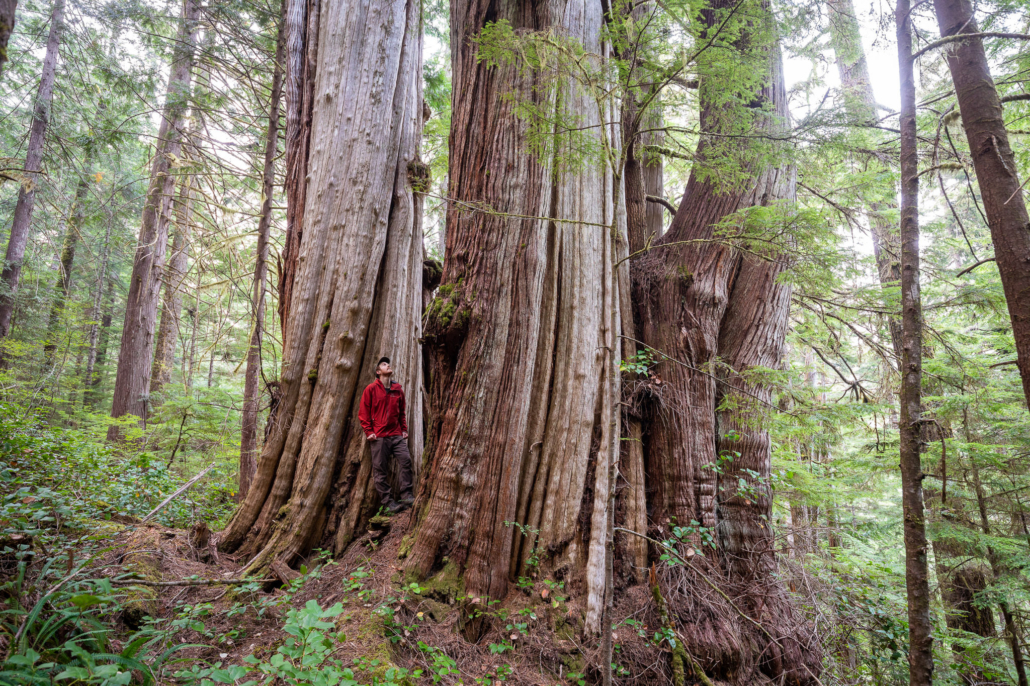
An incredible trio of ancient cedars in an at-risk old-growth forest on northern Vancouver Island, BC.
Background information:
In November 2021, the BC government agreed to, in consultation with First Nations, implement temporary logging deferrals in 2.6 million hectares of the most at-risk old-growth forests (big-tree, ancient, remnant) in BC to prevent irreversible biodiversity loss while long-term land use plans are developed. These priority deferral areas were identified and mapped by the BC government’s independent old-growth science panel, the Technical Advisory Panel (TAP).
The TAP specifically mentioned the issue of inventory errors in its report (see pages 9, 10, & 13), making clear recommendations to the BC government that on-the-ground assessments should be used to identify and defer big-tree old-growth forests that were missed in its preliminary analysis. Thus far, the BC government has only used field verification to remove deferral areas that don’t meet the TAP criteria (which are then supposed to be replaced with those that do, when possible) in order to facilitate logging — a blatant and outrageous bias toward the old-growth logging industry.
Progress is being made toward the protection of old-growth forests, however, major policy and funding gaps still remain, including funding for First Nations sustainable economic development linked to new protected areas, developing protection targets for all ecosystems that include forest productivity distinctions, maintaining strong protected areas standards, and allowing for the addition of unmapped old-growth stands into deferral consideration that meet the Technical Advisory Panel’s criteria for at-risk old-growth.
Major funding for old-growth protection is expected to arrive in the near future as well, including the province’s conservation financing mechanism and the BC Nature Fund (a potential $1.2 billion in federal-provincial funding) and BC Old-Growth Fund ($164 of federal-provincial funding) currently under development and negotiation (between the federal, provincial, and First Nations governments). So far the BC government has indicated they will fund the needs of First Nations regarding community capacity (eg. land-use planning), stewardship jobs, data collection, monitoring, and enforcement regarding old-growth protection, but has not said yet whether the funding will support Indigenous sustainable businesses that are necessary to provide the long-term revenues to permanently supplant income from old-growth logging — the fundamental barrier for many First Nations protecting old-growth forests.
Conservation financing is an approach that was successfully used on BC’s Central and North Coasts, where $120 million was committed by the provincial and federal governments and conservation groups to support First Nations business development and economic alternatives to old-growth logging. The result was a globally significant conservation achievement, with 80% of what is now known as the Great Bear Rainforest being reserved from logging.
Old-growth forests support endangered species, First Nations cultures, the climate, clean water, wild salmon, and tourism. Under BC’s current system of forestry, second-growth tree plantations are typically re-logged every 50–60 years, never to become old-growth again.
